
The clearance rates for those coinfected with HIV and hepatitis C virus (HCV) are still higher than those with HCV alone.

The clearance rates for those coinfected with HIV and hepatitis C virus (HCV) are still higher than those with HCV alone.

A 6-year follow-up study finds berberine reduces adenoma and neoplasm rates after polypectomy, highlighting its potential for long-term chemoprevention.

Clinical trial results establish the safety and efficacy of finerenone to help preserve potassium levels and reduce sodium in patients on diuretics with heart failure and mildly reduced ejection fraction or preserved ejection fraction.

The cause of dilated cardiomyopathy (DCM) can be associated with the presence of the TTN gene combined with preexisting comorbidities like atrial fibrillation, which increase the odds of developing DCM.

Despite knowledge of the benefits of right heart hemodynamic measures for evaluating patient prognosis in the setting of pulmonary arterial hypertension (PAH), gaps remain in a defined role for tricuspid regurgitation as it relates to echocardiographic phenotype.

High-volume cancer centers utilizing neoadjuvant chemotherapy (NACT) significantly reduce surgical mortality and enhance survival rates in patients with advanced ovarian cancer.

Early identification of multiple myeloma could help clinicians intervene more swiftly.
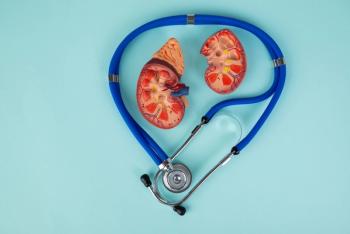
The use of retinal images can help investigators noninvasively identify chronic kidney disease and assess patient prognosis.
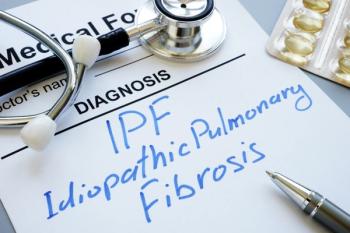
Patients with idiopathic pulmonary fibrosis are at a higher risk of certain cardiovascular diseases.

Patient satisfaction was higher amongst patients who underwent a chest wall perforator flap reconstruction surgery as part of their breast cancer treatment when compared with other surgical techniques.

A multicenter study finds no difference in outcomes between frail and nonfrail elderly patients treated with tildrakizumab over 2 years.

Explore the disparities in multiple myeloma treatment and how new initiatives aim to improve clinical trial participation among underrepresented patients during a conversation with Joseph Mikhael, MD, MEd, FRCPC, FACP, FASCO, chief medical officer of the International Myeloma Foundation.
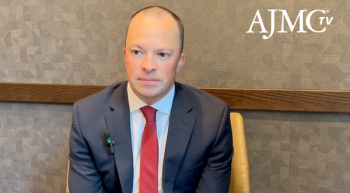
Jason Bergsbaken, PharmD, MBA, BCOP, highlights the growing role of real-world data in validating or de-implementing therapies, the need for vigilant postapproval outcomes monitoring, and the value of academic–community oncology partnerships.

There is a need to consolidate various long COVID definitions to establish a standardized definition that ensures consistent recognition, documentation, diagnosis, and treatment, according to new research.

Brensocatib (Brinsupri; Insmed) gains FDA approval as the first treatment for bronchiectasis, offering hope to patients with the chronic lung disease.

In this clip, Elise S. Tremblay, MD, MPH, explores factors behind fluctuations in insulin out-of-pocket costs and highlights the serious health consequences of persistently lower insulin use.

Interclass biologic switching can improve outcomes, but it also increases infection rates.
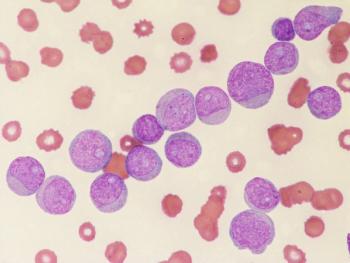
New long-term data highlights the effectiveness and safety of ivosidenib plus azacitidine for treating IDH1-mutated acute myeloid leukemia in vulnerable patients.
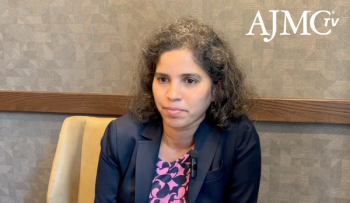
Chimeric antigen receptor (CAR) T-cell therapy and bispecific antibodies are transforming multiple myeloma care, with earlier use, expanded community access, and outpatient delivery models offering opportunities to improve value, safety, and equity in treatment.

Machine learning holds promise for optimizing treatment strategies and potentially improving outcomes in respiratory failure but future research and development are necessary to fully realize its potential in clinical practice.

The QRISK3 assessment is designed for the general population, but it appears to also have utility in patients with essential thrombosis and polycythemia vera.

Fetal alcohol syndrome (FAS) is 100% preventable as an environmental cause of intellectual disability and represents the most severe form of fetal alcohol spectrum disorder.

Christina Poh, MD, of City of Hope National Medical Center, highlights the benefit of tafasitamab in improving progression-free survival for heavily pretreated patients with relapsed or refractory (R/R) follicular lymphoma.

A new partnership delivers a scalable Fast Healthcare Interoperability Resources solution to help payers meet CMS' Interoperability and Prior Authorization Final Rule by 2027.

Left bundle branch block may serve as an important indicator for asymptomatic individuals predisposed to heart failure.

Innovative therapies, including BTK inhibitors, target multiple sclerosis progression, offering hope for improved treatment outcomes and myelin repair.

A real-world study found that semaglutide prescriptions were associated with improvements in weight, blood pressure, and cholesterol, but also a $80 monthly rise in health care spending outside of drug costs.

The FDA approved multiple groundbreaking treatments in July, enhancing options across patient populations.

Alina Salganicoff, PhD, discusses the immediate effects of the budget cuts to Medicaid as it pertains to women's health across the country.

Coverage of our peer-reviewed research and news reporting in the health care and mainstream press.

259 Prospect Plains Rd, Bldg H
Cranbury, NJ 08512
© 2025 MJH Life Sciences®
All rights reserved.
